Exploring Clarity and Coherence: A Comparative Analysis of Sentence Fragments and Run-On Sentences
Have you ever been reading something and come across a sentence that you have had to read more than once to understand? If so, then you have probably just encountered a run-on sentence. These convoluted constructions obscure meaning, making it difficult to follow. In addition, the reader’s attention gets disrupted, often leading to a disjointed reading experience. This is the reason that sentence structure is one of the most crucial elements in the grammar lexicon. So, let’s get started, shall we?

A fragment is, at its most basic form, an incomplete sentence. It lacks either a subject, a verb, or both. This makes it unable to stand by itself as a complete thought. In contrast, a run-together sentence, often referred to as a run-on, is a sentence that merges two or more independent clauses that have no appropriate conjunctions or punctuation. Run-ons are not necessarily long sentences. However, they are incorrect because they fuse ideas without adequate separation or connection.
Despite these definitions pointing to distinct entities, fragments and run-together sentences share a crucial similarity. Both are considered grammatical errors, and their presence can disrupt and hamper the intelligible flow of a piece of writing, creating confusion for readers. They both occur due to a lack of paying attention to or understanding sentence structure rules, leading to sentences that either provide insufficient information or overload the reader with excessive information without proper breaks.

However, the differences between fragments and run-on sentences are significant and revolve around their structure, presentation, and impact on overall sentence comprehension.
Structure-wise, fragments and run-together sentences sit at opposite ends of the spectrum. While fragments lack vital components of a sentence, run-on sentences have an abundance of these components, leading to a surplus of information presented without appropriate punctuation. For example, a fragment may read, “Jumped over the puddle,” missing the subject who performed the action. A run-on might be, “I enjoy reading it’s a great hobby I could do it all day,” without punctuation or conjunctions to separate the two distinct thoughts.
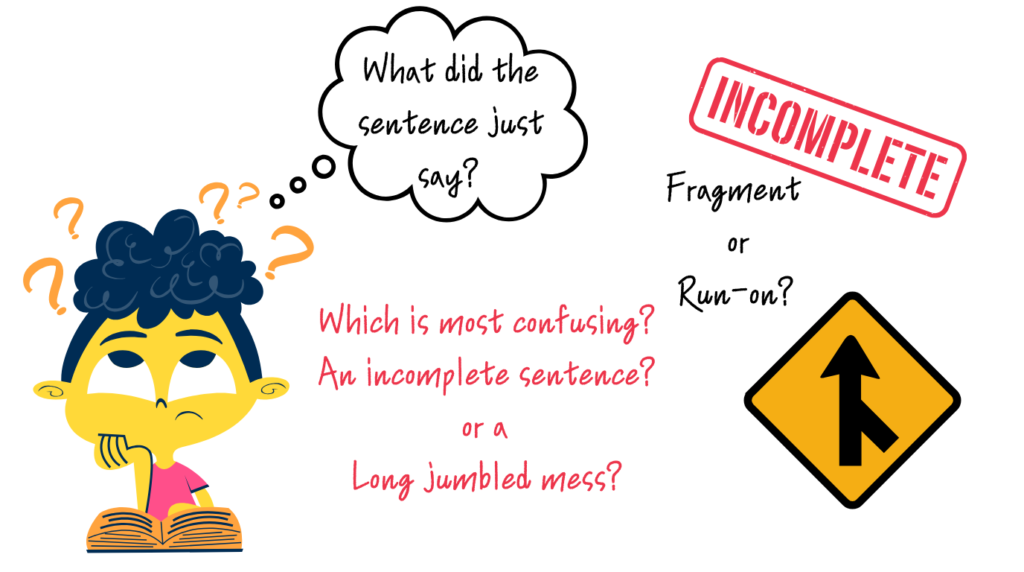
In terms of presentation, fragments often leave readers hanging, anticipating further information to complete the thought. Conversely, run-on sentences can flummox readers with too much information at once, making it hard to distinguish between separate ideas or actions. Both issues can create confusion, but there is a slight difference in how this confusion presents itself.
The impact of fragments and run-on sentences on comprehension also varies. Fragments often lead to incomplete understanding because they lack essential information. In contrast, run-together sentences might make comprehension challenging by overwhelming the reader with a flurry of ideas that are not adequately separated or connected.
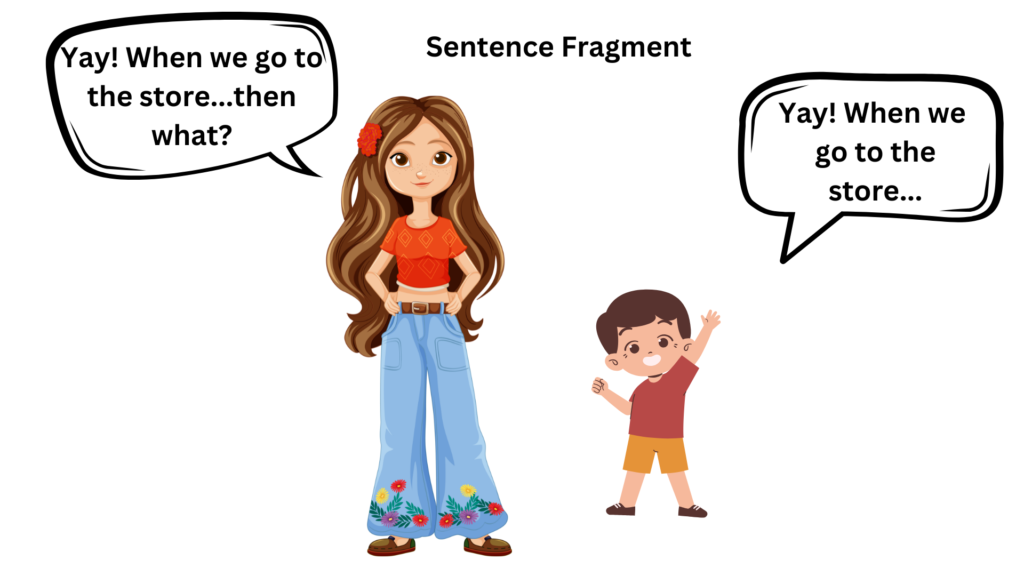
However, the differences between fragments and run-on sentences are significant and revolve around their structure, presentation, and impact on overall sentence comprehension.
Structure-wise, fragments and run-together sentences sit at opposite ends of the spectrum. While fragments lack vital components of a sentence, run-on sentences have an abundance of these components, leading to a surplus of information presented without appropriate punctuation. For example, a fragment may read, “Jumped over the puddle,” missing the subject who performed the action. A run-on might be, “I enjoy reading it’s a great hobby I could do it all day,” without punctuation or conjunctions to separate the two distinct thoughts.
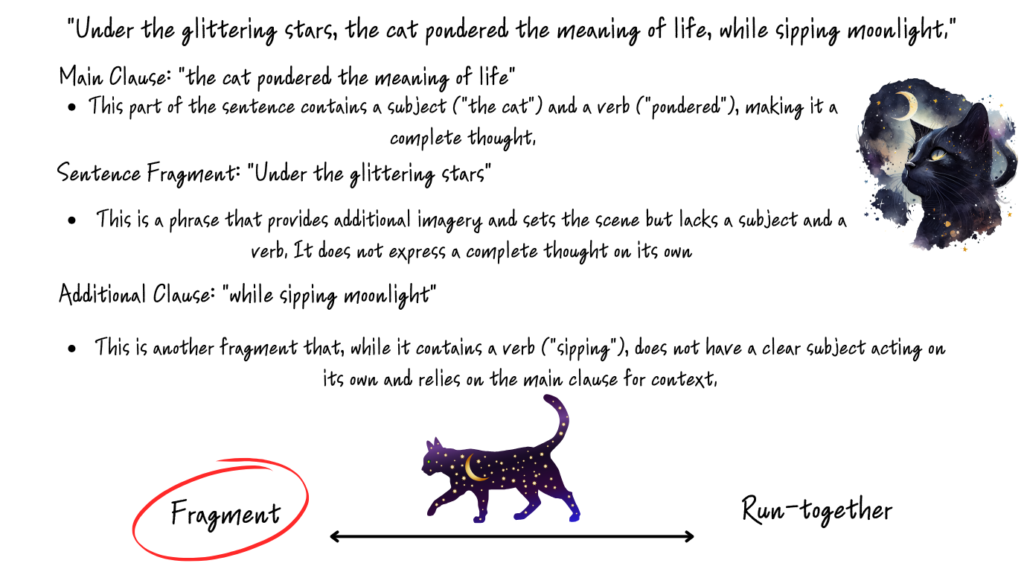
In terms of presentation, fragments often leave readers hanging, anticipating further information to complete the thought. Conversely, run-on sentences can flummox readers with too much information at once, making it hard to distinguish between separate ideas or actions. Both issues can create confusion, but there is a slight difference in how this confusion presents itself.
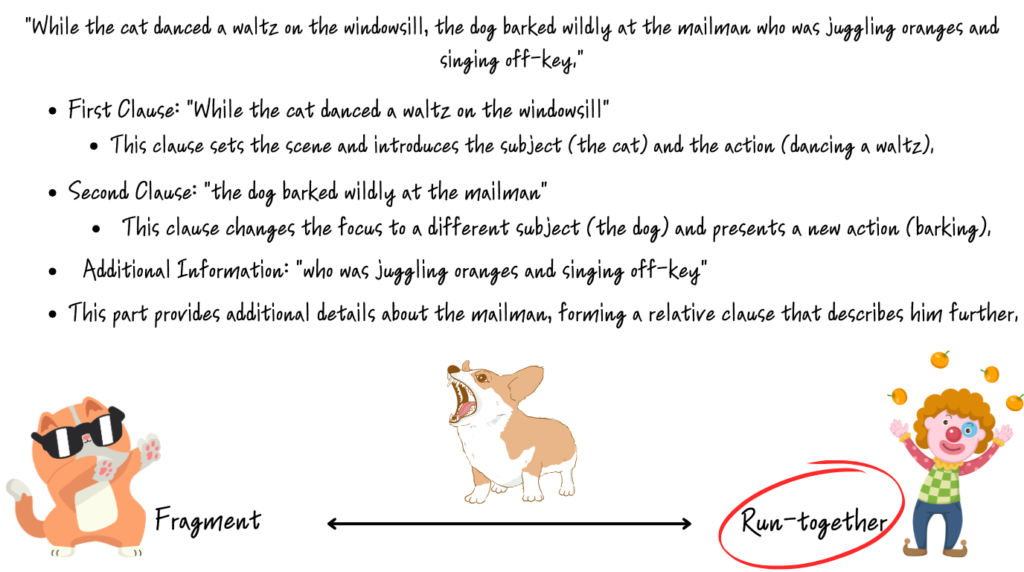
The impact of fragments and run-on sentences on comprehension also varies. Fragments often lead to incomplete understanding because they lack essential information. In contrast, run-together sentences might make comprehension challenging by overwhelming the reader with a flurry of ideas that are not adequately separated or connected.
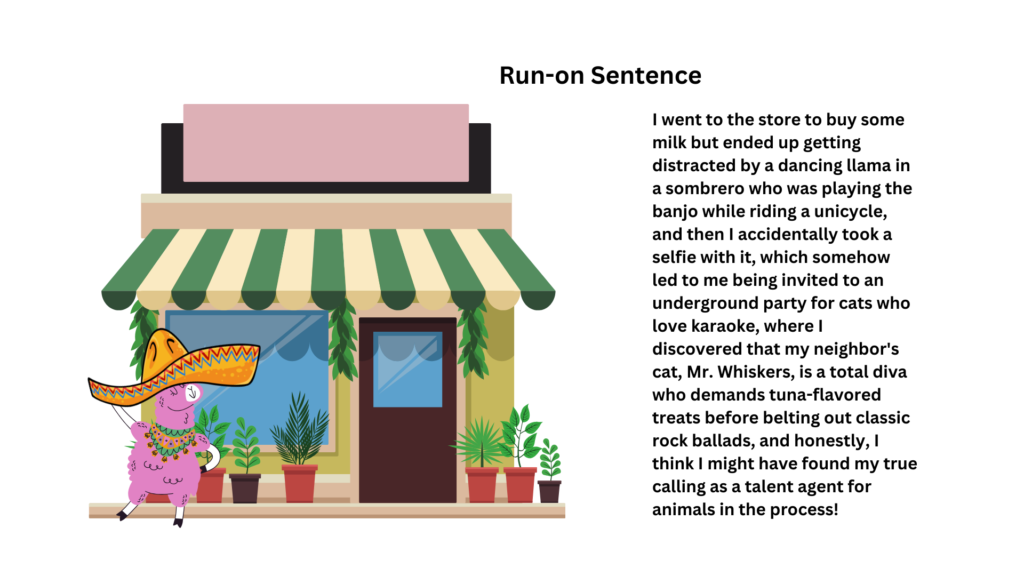
Correcting fragments and run-on sentences requires different approaches. Rectifying a fragment involves locating and including the missing verb or subject. It can also be attached to an adjoining sentence. For instance, the fragment “Jumped over the puddle” can be corrected to “The boy jumped over the puddle.” With run-on sentences, the remedy lies in how to break them up into separate sentences or connect them properly with punctuation or conjunctions. The run-on “I enjoy reading it’s a great hobby I could do it all day” can be revised to “I enjoy reading. It’s a great hobby. I could do it all day.”
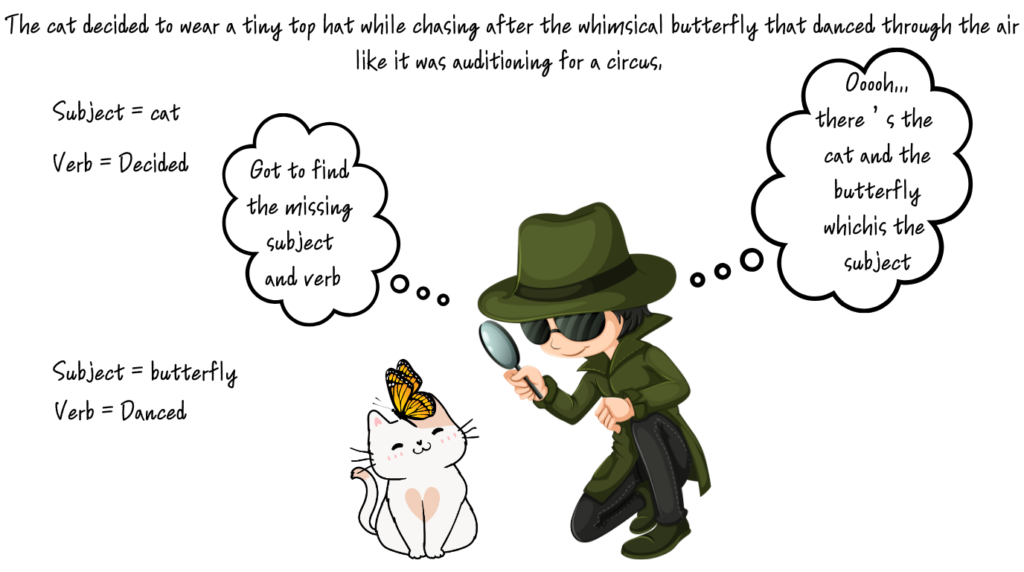
The following sentence is followed by a breakdown of the most basic way to recognize and fix these sentence errors. The cat decided to wear a tiny top hat while chasing after the whimsical butterfly that danced through the air like it was auditioning for a circus.
In this sentence:
“That danced through the air” describes the butterfly, where butterfly is the subject and danced is the verb.
The cat is the subject of the first clause and decided is the verb.
The second part, “chasing after the whimsical butterfly,” has the participle “chasing” related to the subject “the cat.”
In conclusion, fragments and run-on sentences, while both grammatical errors, display a complex relationship of similarities and differences. They are alike in their capacity to disrupt the clarity and flow of written language. Yet, they differ in their structure, presentation, effects on understanding, and the approach needed for their correction. A comprehensive understanding of these elements is crucial for anyone wishing to master the art of written communication. Mastery over sentence structure not only promotes clarity and comprehension but also ensures that the intended message is delivered effectively and efficiently.